- No products in the cart.
Estrozhel gel transderm. 0.06% 80g vial with dozir.ustroystvom
$21.65
Estrozhel gel transderm. 0.06% 80g vial with dozir.ustroystvom
Description
Composition
Active substance:
Estradiol hemihydrate – 0.6 mg [in terms of estradiol].
Excipients:
Carbomer (Carbopol 980) – 5.0 mg, trolamine (triethanolamine) – 5.0 mg Ethanol – 400 mg purified water q.s. – up to 1 year
Description:
A colorless, transparent gel with ethanol odor.
Product form:
Gel transdermal 0.6 mg / g. 80 grams of gel into a plastic bottle with a metering pump fitted with a protective cap. 1 vial with instructions for use placed in a pile of cardboard. 80 g of gel in an aluminum tube, sealed with a screw cap. Tube with instructions for use and the applicator-dispenser is placed in a pile of cardboard.
Contraindications
Increased sensitivity to estradiol and / or any of the excipients of the drug.
breast cancer (diagnosed, suspected or history).
Diagnosed suspected estrogen-dependent cancers genital organs (e.g., cancer of the endometrium) or their presence in the anamnesis.
Bleeding from the genital tract of unknown etiology.
Untreated endometrial hyperplasia.
Identified acquired or inherited predisposition to venous or arterial thrombosis, including antithrombin III deficiency, protein C deficiency, protein deficit S).
Venous thrombosis and thromboembolism present or in history (including thrombosis and deep vein thrombophlebitis, pulmonary embolism).
Active or recently transferred arterial thromboembolic disease (including angina, myocardial infarction).
Congenital hyperbilirubinemia (Gilbert syndrome, Dubin-Johnson syndrome, Rotor).
Benign or malignant liver tumors currently or history.
Cholestatic jaundice or severe cholestatic pruritus (including during a previous pregnancy or while taking sex hormones).
Acute liver disease or having a history of liver disease when liver function test results are not returned to normal.
Pregnancy, breast-feeding period (see. The section “Pregnancy and lactation”).
Porphyria.
Precautions should be used when the drug Estrozhel® diseases and conditions such as: uterine fibroids; endometriosis; endometrial hyperplasia in history; the presence of risk factors for estrogen dependent tumors (breast cancer in a first relative relationship line); the presence of risk factors for thromboembolic disorders; arterial hypertension; liver disease (including hepatic adenoma) under normal liver function tests indicators; gallbladder disease (including cholelithiasis); diabetes mellitus with or without diabetic angiopathy; migraine or severe headache; systemic lupus erythematosus; epilepsy; bronchial asthma; otosclerosis; chronic heart failure; renal failure; Coronary heart disease (CHD); sickle cell anemia; chloasma in history; hypertriglyceridemia in history; pancreatitis; hereditary angioedema.
Experience of treating women older than 65 years is limited.
Dosage
0.6 mg
Indications
Hormone replacement therapy for estrogen deficiency symptoms; treatment of climacteric syndrome associated with natural or surgical menopause.
Prevention of osteoporosis in postmenopausal women at high risk of fractures in case of intolerance or contraindications to other medications to prevent osteoporosis.
Interaction with other drugs
Application Estrozhel® preparation together with surfactants (e.g., sodium lauryl sulphate) or other agents which modify the structure or function of the skin barrier, can reduce its effectiveness. It is therefore necessary to avoid concomitant use of the drug with strong detergents or detergents (e.g., containing benzalkonium or benzethonium chloride), skin care products with a high content of alcohol (astringent, sun) and a keratolytic agent (e.g. salicylic or lactic acid). Avoid any concomitant use of drugs that have a damaging effect on the skin (e.g., cytotoxic).
Accelerated metabolism of estradiol while the use of inducers of microsomal liver enzymes, such as antiepileptic drugs (phenobarbital, phenytoin, carbamazepine); some antibiotics and antiviral drugs (rifampicin, rifabutin, nevirapine, efavirenz); herbal preparations containing St. John’s wort.
Ritonavir and nelfinavir, also known as a strong inhibitor, when combined with sexual hormones, in contrast, exhibit inducing properties.
When transdermal administration avoids the effect of “primary” pass through the liver thus, the effect of drugs for transdermal application of HRT with estrogens, perhaps to a lesser extent than after oral application depends on the action of microsomal liver enzyme inducers.
Accelerated metabolism of estradiol while the use of tranquilizers (anxiolytics), narcotic analgesics, agents for anesthesia.
The concentration of estradiol in blood plasma is also reduced while the application of certain antibiotics (penicillins and tetracyclines).
The action of estradiol is enhanced in patients receiving folic acid and thyroid hormone drugs. In clinical practice, enhanced metabolism of estrogens may lead to a weakening effect and changes in the nature of uterine bleeding.
Estradiol: increases the effectiveness of lipid-lowering agents; weakens the effect of the drugs in male sex hormones; hypoglycemic, diuretic, antihypertensive drugs and anticoagulants.
Overdose
Breast pain or excessive production of cervical secretions may be indicative of too high a dose of the drug. About the symptoms of acute overdose have been reported. Symptoms of estrogen overdose may be nausea and bleeding “cancel.”
Treatment: No specific antidote; requires removal of the drug, symptomatic therapy.
pharmachologic effect
Pharmacological group:
Estrogen.
Pharmacodynamics:
Active substance formulation Estrozhel® – 17beta – estradiol – chemically and biologically identical to endogenous human estradiol.
It exerts estrogenic effects on the major target organs: ovary, endometrium, epithelium of the vagina, mammary glands, urethra, hypothalamus, pituitary, liver – similar to the effect of endogenous estrogens in the follicular phase of the menstrual cycle. Fills deficit of estrogen in women during menopause and reduce the severity of menopausal disorders, including “hot flashes”, sweating at night, atrophic changes in the urinary tract (atrophic vulvovaginitis, dyspareunia, urinary incontinence), psycho-emotional disorders. Clinical efficacy Estrozhel® drug in the treatment of menopausal symptoms is comparable to that when administered estrogen.
Estradiol contributes to lower the total cholesterol concentration, without changing the ratio of cholesterol / HDL. Has procoagulant action, increases the synthesis of hepatic vitamin K-dependent coagulation factors (II, VII, IX, X), reduces the concentration of antithrombin III. Estradiol prevents bone loss associated with natural menopause or ovariectomy. estrogen deficiency in post-menopausal associated with reduced bone mineral density (MPLS). The effect of estrogen on the MPLS is dose-dependent and proceeds apparently, as long as held hormone replacement therapy (HRT). After the cancellation of HRT MPLS starts to decrease at the same rate as before the beginning of it.
These randomized, placebo-controlled study “Women’s Health Initiative» (WHI) and meta-analysis of clinical studies have shown that HRT only estrogen or estrogen plus progestin in healthy postmenopausal women reduce the risk of fractures of the hip, spine, and other osteoporotic fractures. There is also limited evidence that HRT can prevent bone fractures in women with low bone mineral density and / or established osteoporosis.
Pharmacokinetics:
Absorption and distribution
The local application of the gel over a large surface of skin and alcohol evaporate about 10% of estradiol through the skin is absorbed into the vascular system regardless of patient age. Daily application of 2.5 g or 5 g of the preparation on the area Estrozhel® 400-750 cm2 leads to a gradual increase in the concentration of estradiol and estrone, and ensures their equilibrium concentration in plasma after about 3-5 days in a ratio typical start mid follicular phase of the menstrual cycle.
In applying the drug Estrozhel® in 17 postmenopausal women 1 times per day by applying to the rear surface of one hand from the wrist to the shoulder for 14 days maximum concentration (Cmax) of estrone and estradiol in blood plasma at the 12th day of application was 117 pg / ml and 128 pg / ml, respectively. The average concentration of estrone and estradiol in blood plasma over a 24 hour time period after administration of 2.5 grams of the drug Estrozhel® the 12th day of administration was 76.8 pg / ml, 95.7 pg / ml, respectively.
Metabolism and excretion
Estradiol metabolized mainly in the liver to estriol, estrone and conjugated metabolites (glucuronides, sulfates). These metabolites undergo enterohepatic recirculation. After the cessation of treatment the estradiol concentration returned to baseline levels after about 76 hours.
Pregnancy and breast-feeding
Estrozhel® drug is contraindicated for use during pregnancy. If, during the use of the drug pregnancy occurs, treatment should be discontinued immediately. The results of most epidemiological studies concerning the accidental exposure of estrogens on the fruit, do not indicate a teratogenic or foetotoxic effect. Estrozhel® drug is contraindicated for use during breastfeeding.
Conditions of supply of pharmacies
On prescription.
side effects
The following table describes the possible side effects of HRT:
Common> 1/100;
special instructions
In the treatment of the symptoms of post-menopausal hormone replacement therapy should be initiated only with the symptoms that adversely affect quality of life. It should, at least once a year to carry out a detailed assessment of the risks and benefits of HRT and appoint only if the benefit outweighs the risk.
Data concerning the risks associated with HRT in the treatment of premature menopause is limited. However, given the low absolute risk of HRT in younger women, the ratio of benefits and risks in these women may be more favorable than in older women.
Before the start or re-appointment of HRT should provide a complete personal and family history. It is necessary to carry out a medical examination in order to identify possible contraindications and complying with the necessary precautions while taking the drug (including examination of the pelvic organs and mammary glands).
In the course of treatment recommended for periodic examinations. The frequency and methods included in it, are determined for each case individually. Investigations including mammography should be carried out in accordance with accepted standards and adapt to the individual clinical needs of each individual case.
During the reception, the patient HRT should conduct a thorough evaluation of all the benefits and risks of therapy.
Conditions that require monitoring
If any of the following conditions are present, have met earlier and / or exacerbate during pregnancy or previous hormone treatment, the patient should be under constant medical supervision. It should be taken into account that these conditions may, in rare cases, recur or worsen during treatment with Estrozhel®, such as: uterine fibroids or endometriosis; risk factors for thromboembolic disorders; Risk factors of estrogen dependent tumors (having relatives first line relatives with breast cancer); arterial hypertension; liver disease (e.g., adenoma of the liver); diabetes mellitus with or without diabetic angiopathy; cholelithiasis; migraine and / or severe headache; systemic lupus erythematosus; endometrial hyperplasia in history; epilepsy; bronchial asthma; otosclerosis; hereditary angioedema.
Reasons for immediate discontinuation of therapy
Therapy should be discontinued if the detected contraindications and / or in the following situations: jaundice or impairment of liver function; pronounced rise in blood pressure; newly emerging attacks migraine headaches; pregnancy.
Hyperplasia and endometrial cancer
In women with an intact uterus the risk of endometrial hyperplasia and cancer is increased when taking estrogen for a long time. According to reports, the risk of endometrial cancer in women who use only estrogen, increases in 2-12 times compared with women who do not apply estrogens, depending on the duration of treatment and estrogen dose. After cessation of treatment at increased risk may persist for at least 10 years.
The addition of progestogen in the last 12 days of the month / 28 day cycle or continuous combined estrogen-progestogen therapy in women with a uterus unremoved mitigates the increased risk of endometrial hyperplasia and cancer associated with HRT use only estrogen.
During the first months of treatment may experience “breakthrough” bleeding and “spotting” spotting. If the “breakthrough” bleeding or “spotting” spotting appears after some time of therapy, or continues after discontinuation of treatment, it is necessary to conduct a survey to determine the cause, including endometrial biopsy to exclude endometrial malignancy.
Use of HRT containing estrogen alone can lead to premalignant or malignant transformation residual foci of endometriosis. Thus, women who have undergone hysterectomy because of endometriosis, it is necessary to provide for the addition of a progestogen to estrogen replacement therapy for the prevention of endometrial cancer, if it is known that they have residual endometriosis.
Mammary cancer
Available data suggest an increased risk of breast cancer in women receiving combined estrogen-progestin drugs and possibly also preparations for HRT containing estrogen only; This risk depends on the duration of use of HRT.
Use of HRT, estrogen only containing
In the WHI study found no increased breast cancer risk in women who had undergone hysterectomy and applying drugs for HRT containing estrogen alone. In observational studies, in most cases, it reported a slight increase in the risk of diagnosis of breast cancer, which is significantly lower than in women using combined estrogen-progestin preparations.
The use of combined estrogen-progestin HRT
In the WHI study and epidemiological studies received matching data of an increased risk of breast cancer in women receiving combined estrogen-progestogen HRT; increased risk was detected after about 3 years of treatment.
Additional risk begins to manifest after several years of treatment, but returned to baseline within a few (at most five) years after stopping treatment.
HRT, especially combined estrogen-progestin medications increases the density of mammographic images which can prevent X-ray detection of breast cancer.
ovarian cancer
Ovarian cancer is much rarer than breast cancer. Long-term (at least 5-10 years) use of HRT containing estrogen only, is associated with a slight increase in the risk of developing ovarian cancer. Some studies, including the WHI study found that long-term use of combined HRT may cause the same or even less significant risk.
venous thromboembolism
In women taking HRT, there is an increased risk of VTE, in particular deep vein thrombosis or pulmonary embolism, compared with women not receiving hormone replacement therapy, in 1,3-3 times. The probability of VTE is higher in the first year of HRT than in subsequent years.
Patients with known thrombophilic disorders may be at increased risk of VTE and HRT may increase it further. Therefore, HRT is contraindicated in these patients.
The main risk factors for VTE: personal or family history, use of oestrogens, older age, major surgery, prolonged immobilization, severe obesity (body mass index over 30 kg / m2), pregnancy and the postpartum period, systemic lupus erythematosus, malignant neoplasms. There is no consensus about the possible role of varicose veins in VTE development.
VTE risk increases with prolonged immobilization, major trauma or major surgical interventions. Receiving HRT should be discontinued for 4-6 weeks before planned surgery on abdominal organs or orthopedic surgery of the lower extremities. Treatment can be resumed after the full recovery of motor abilities.
Женщинам, не имеющим ВТЭ в анамнезе, но имеющим родственников первой линии родства, перенесших тромбозы в молодом возрасте, скрининг можно предложить после подробного обсуждения его ограничений (при скрининге выявляются лишь некоторые тромбофилические расстройства). Если у пациентки выявляется тромбофилическое расстройство, проявлявшееся тромбозами у членов семьи, а также при наличии «тяжелых» дефектов (таких как дефицит антитромбина, протеина S или протеина С, или комбинации дефектов), проведение ЗГТ противопоказано.
У женщин, уже получающих постоянное лечение антикоагулянтами, требуется тщательная оценка соотношения пользы и риска ЗГТ.
Если после начала лечения развивается ВТЭ, препарат следует отменить. Пациенткам следует указать на необходимость немедленно связаться с врачом при появлении потенциальных симптомов тромбоэмболии (болезненность и/или отечность нижней конечности, внезапные боли в грудной клетке, одышка).
Ишемическая болезнь сердца
В рандомизированных контролируемых исследованиях не получены данные о профилактическом эффекте в отношении инфаркта миокарда у женщин с или без ИБС, получавших ЗГТ комбинированными эстроген-гестагенными препаратами или только эстрогенами.
Применение препаратов для ЗГТ, содержащих только эстроген
В рандомизированных контролируемых исследованиях не получено данных о повышении риска ИБС у пациенток, перенесших гистерэктомию и получающих препараты для ЗГТ, содержащие только эстроген.
Применение комбинированных эстроген-гестагенных препаратов для ЗГТ
При применении комбинированных эстроген-гестагенных препаратов для ЗГТ отмечается небольшое увеличение относительного риска ИБС. Поскольку исходный абсолютный риск ИБС в значительной степени зависит от возраста, число дополнительных случаев ИБС, обусловленных применением эстрогенов в сочетании с гестагенами, у здоровых женщин, приближающихся к менопаузе, крайне мало, однако увеличивается с возрастом.
Ишемический инсульт
ЗГТ комбинированными эстроген-гестагенными препаратами и только эстрогенами связана с повышением риска ишемического инсульта почти в 1,5 раза. Относительный риск не меняется с возрастом и в зависимости от времени, прошедшего после наступления менопаузы. Однако, поскольку исходный риск инсульта в значительной степени зависит от возраста, общий риск инсульта у женщин, получающих ЗГТ, будет увеличиваться с возрастом.
other conditions
Эстрогены вызывают задержку жидкости в организме. Пациентки с сердечной или почечной недостаточностью должны находиться под постоянным наблюдением врача.
Необходимо тщательное наблюдение при проведении ЗГТ у женщин с гипертриглицеридемией в анамнезе, поскольку при этом состоянии на фоне терапии эстрогенами описаны редкие случаи резкого повышения концентрации триглицеридов в плазме крови, приводящие к развитию панкреатита.
Эстрогены повышают концентрацию тироксинсвязывающего глобулина, приводя к увеличению общей концентрации циркулирующих гормонов щитовидной железы. Концентрации свободных Т3 и Т4 не изменяются.
Может увеличиться содержание других белков, например, кортикостероид-связывающего глобулина и глобулина, связывающего половые гормоны, что может приводить, соответственно, к увеличению общей концентрации циркулирующих глюкокортикостероидов и половых гормонов. Концентрации свободных или биологических активных гормонов не изменяются. Возможно также увеличение содержания других белков плазмы крови (ангиотензиногена (субстрата ренина), альфа-1-антитрипсина, церулоплазмина).
Хлоазма
В некоторых случаях может развиваться хлоазма, в особенности у женщин, имеющих в анамнезе хлоазму во время беременности. Женщинам, имеющим склонность к развитию хлоазмы, на фоне применения ЗГТ следует свести к минимуму воздействие солнечного или ультрафиолетового облучения.
Влияние на когнитивную функцию
ЗГТ не влияет на улучшение когнитивной функции. В исследовании WHI показана тенденция к возможному увеличению риска развития деменции у женщин, которые начали длительную ЗГТ комбинированными эстроген-гестагенными препаратами или только эстрогенами в возрасте старше 65 лет.
Применение препарата Эстрожель® должно производиться: самой женщиной, утром или вечером, на чистую кожу.
Препарат Эстрожель® не оставляет пятен.
The effect on the ability to operate vehicles, machinery
Влияние эстрогенов на способность управлять транспортными средствами и механизмами не изучалось.
Storage conditions
Список Б.
At temperatures above 25 ° C, the reach of children.
Dosing and Administration
Препарат Эстрожель® назначают наружно – непрерывно или циклами. Дозу и длительность терапии устанавливают индивидуально.
Обычно начальная доза препарата составляет 2,5 г геля 1 раз в день, что соответствует 1,5 мг эстрадиола. У большинства пациенток эта доза является эффективной для облегчения симптомов менопаузы. Если после одного месяца терапии эффективность не достигнута, возможно увеличение суточной дозы препарата до максимальной – 5 г геля, что соответствует 3,0 мг эстрадиола.
Для начала и продолжения терапии менопаузальных симптомов следует применять минимальную эффективную дозу на протяжении минимального периода времени.
При профилактике остеопороза у женщин в период постменопаузы минимальная эффективная доза у большинства пациенток составляет 2,5 г препарата Эстрожель® 1 раз в день.
При применении препарата в форме выпуска «туба» для определения суточной дозы используют пластмассовый аппликатор-дозатор: 1 доза аппликатора соответствует 2,5 г геля (1,5 мг эстрадиола).
При применении препарата в форме выпуска «флакон» при одном нажатии на помпу-дозатор высвобождается 1,25 г геля (что соответствует 0,75 мг эстрадиола) – количество, равное половине суточной дозы. Средняя суточная доза препарата составляет 2,5 г геля (2 нажатия на помпу-дозатор).
Применение препарата в форме выпуска «туба»: следует открыть тубу и проткнуть металлическую перепонку тубы с помощью маленького пробойника, который находится в верхней части крышки тубы. Необходимая доза извлекается из тубы по линейке аппликатора. 1 доза соответствует столбику извлеченного геля с диаметром, соответствующим диаметру выходного отверстия тубы, длина которого совпадает с углублением на линейке аппликатора. Углубление имеет черточку, которая позволяет разделить суточную дозу пополам. Одна туба с гелем рассчитана на 30 доз.
Применение препарата в форме выпуска «флакон»: необходимо снять колпачок с флакона и сильно нажать на помпу-дозатор, подставив другую руку для сбора геля. Доза, которая высвобождается при первом нажатии, может быть неточной. Ее рекомендуется выбросить. Флакон рассчитан на 64 нажатия. После 64 нажатий количество геля, которое высвобождается при одном нажатии, может быть меньше, чем нужно. Поэтому не рекомендуется использовать флакон после 64 нажатий на помпу-дозатор.
Применение препарата Эстрожель® без добавления гестагена возможно только у пациенток с удаленной маткой. Пациенткам с интактной (неудаленнной) маткой во время лечения препаратом Эстрожель® рекомендуется назначать гестаген.
В период менопаузального перехода лечение должно проводиться как минимум в течение 3-х недель подряд, затем должен следовать перерыв в 1 неделю, одновременно перорально назначают гестаген в течение 12-14 последних дней месяца.
В период перименопаузы лечение можно проводить с 1 по 25 день месяца одновременно с пероральным приемом гестагена. Во время недельного перерыва могут возникнуть менструальноподобные кровотечения, обусловленные снижением содержания половых гормонов. Рекомендуется применение только тех гестагенов, прием которых разрешен одновременно с эстрогенами.
В период постменопаузы лечение эстрогенами в сочетании с гестагенами проводится в постоянном режиме. Длительная монотерапия эстрогенами показана у женщин после гистерэктомии. У женщин, перенесших гистерэктомию, добавление гестагена при отсутствии в анамнезе эндометриоза не рекомендуется.
В зависимости от клинической симптоматики после 2-3 циклов лечения проводится коррекция дозы, а именно: – при появлении симптомов гиперэстрогении, таких как: чувство напряжения в молочных железах, чувство переполнения в области живота и таза, чувство тревоги, нервозность, агрессивность – необходимо снижение дозы; – при симптомах гипоэстрогении, таких как: сохраняющиеся «приливы», сухость слизистой оболочки влагалища, головная боль, нарушения сна, астения, склонность к депрессии – доза должна быть увеличена.
У женщин, не применявших ранее препараты для ЗГТ, и у женщин, переходящих на препарат Эстрожель® с комбинированного препарата для ЗГТ с непрерывным режимом приема, лечение препаратом Эстрожель® можно начинать в любой удобный для пациентки день. У женщин, переходящих на препарат Эстрожель® с непрерывной последовательной схемы ЗГТ, лечение следует начинать после завершения предыдущей схемы.
Если пациентка забыла нанести гель, следует сделать это как можно скорее, однако не позднее, чем в течение 12 часов с момента нанесения препарата. Если прошло более 12 часов, то нанесение препарата Эстрожель® стоит отложить до следующего раза. При нерегулярном применении препарата (пропущенные дозы) могут возникнуть «прорывные» кровотечения и «мажущие» кровянистые выделения.
Гель наносится пациентками самостоятельно тонким слоем на чистую сухую кожу живота, поясничной области, плеч или предплечий до полного всасывания. Площадь нанесения должна быть не менее площади 2 ладоней. Нанесение считается правильным и эффективным, если гель всасывается полностью в течение 2-3 минут. Если липкая консистенция сохраняется более 5 минут после нанесения, значит гелем покрыта слишком маленькая поверхность кожи. Не следует массировать место нанесения геля. Необходимо избегать попадания геля на молочные железы и слизистую оболочку вульвы и влагалища. Следует вымыть руки сразу же после нанесения геля.
Information
Appearance may differ from that depicted in the picture. There are contraindications. You need to read the manual or consult with a specialist
Additional information
| Weight | 0.100 kg |
|---|---|
| Manufacturer | BEZEN |

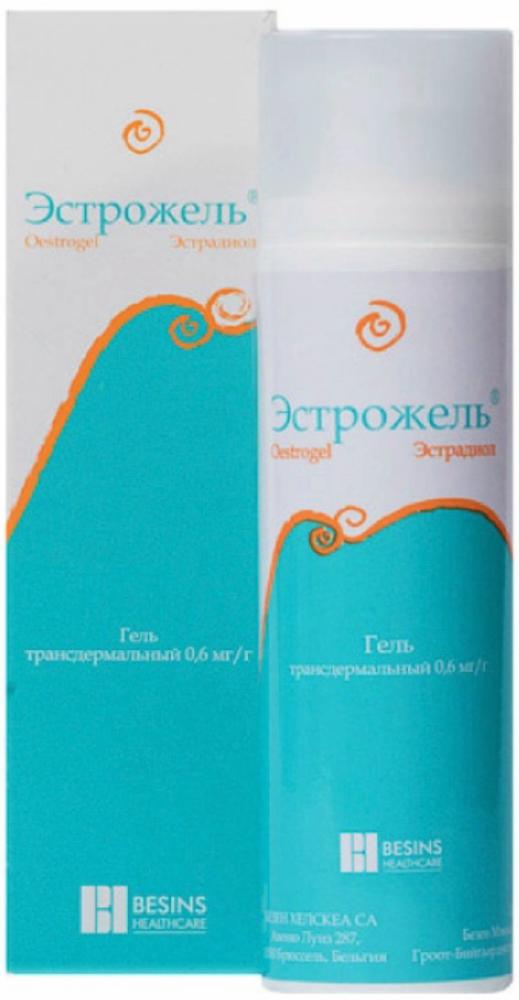
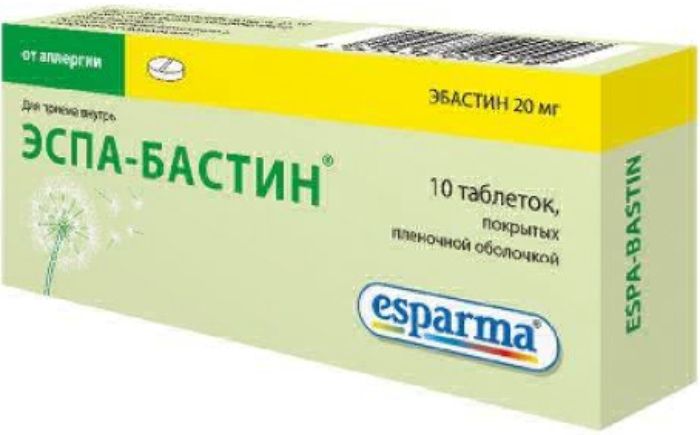
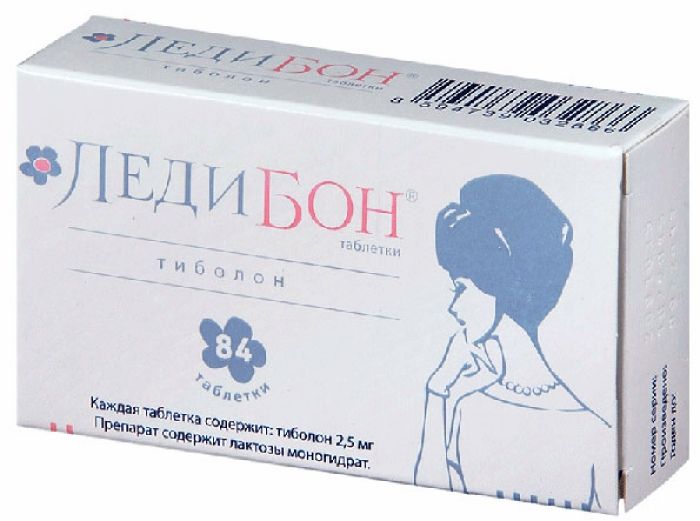
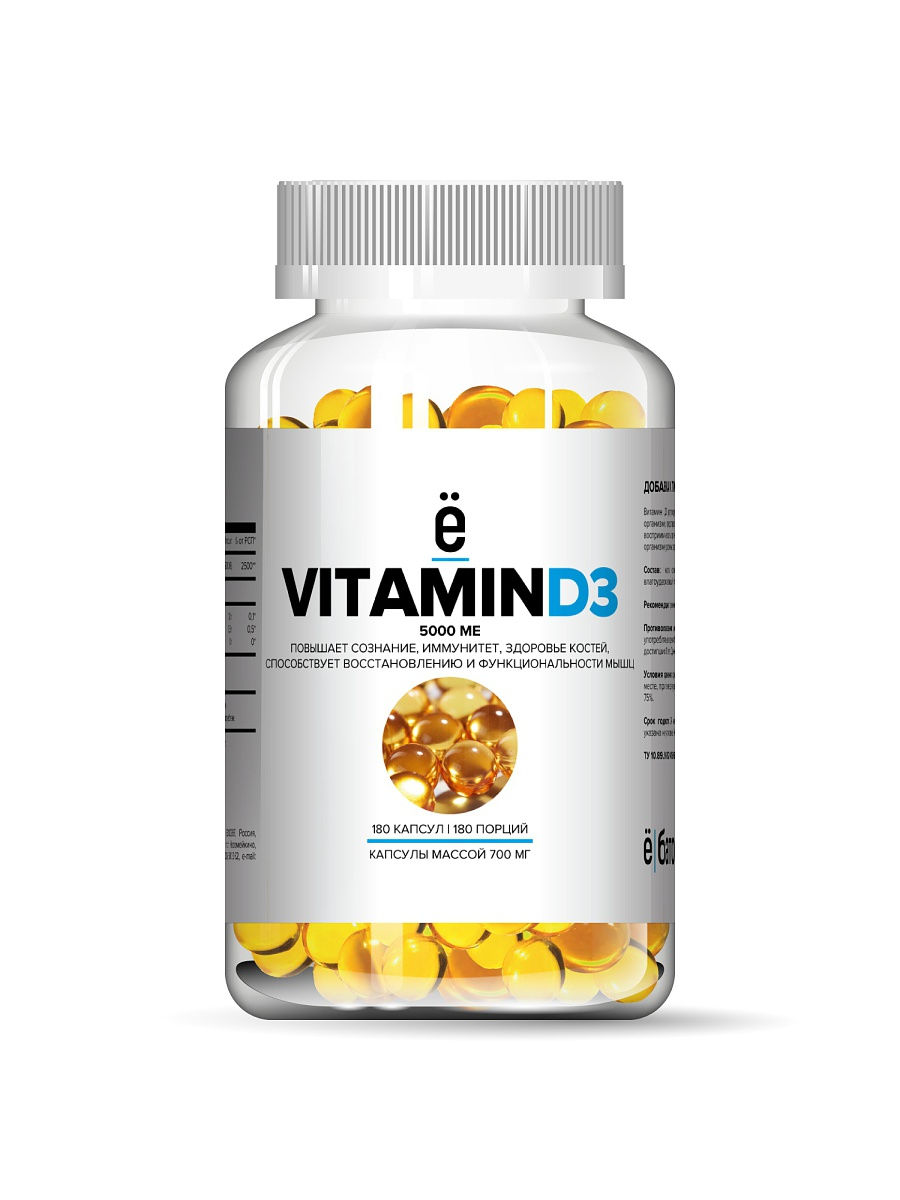
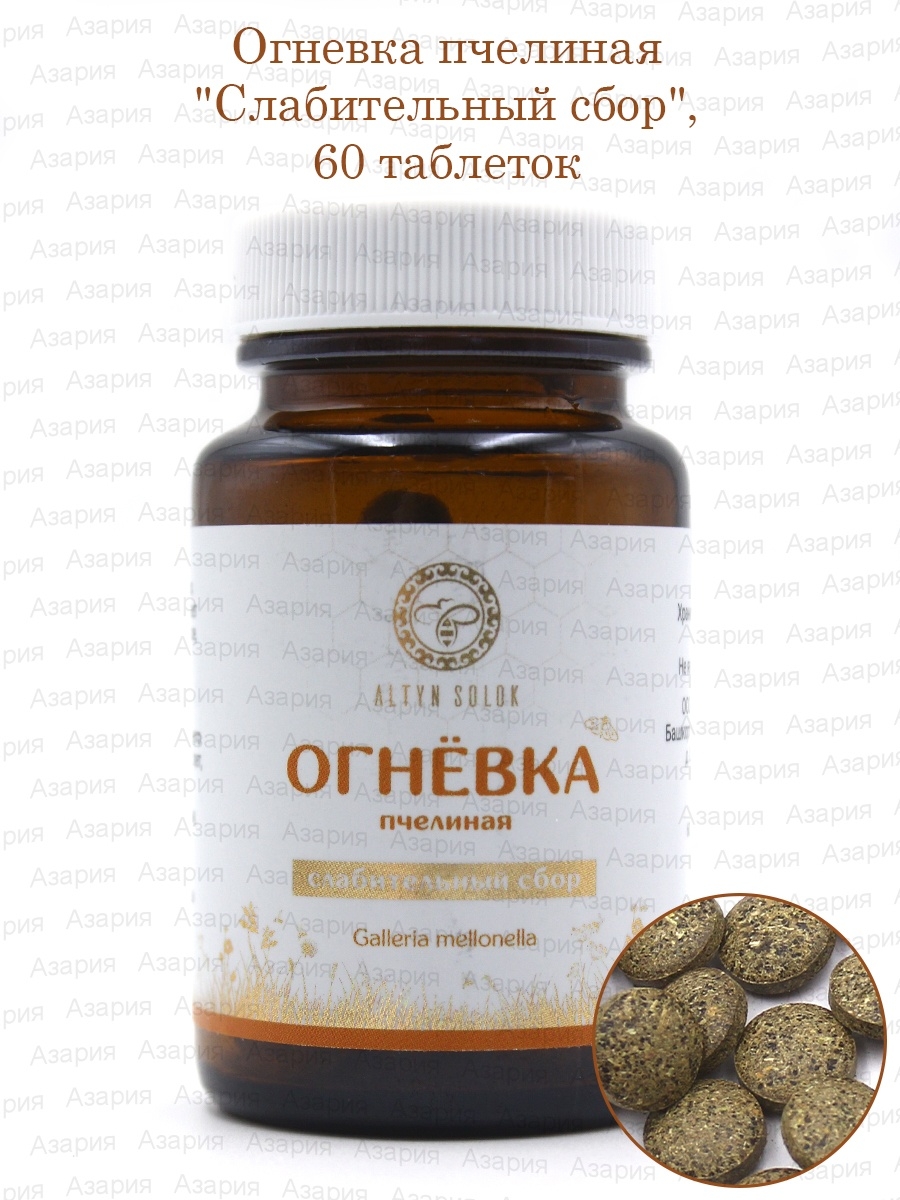


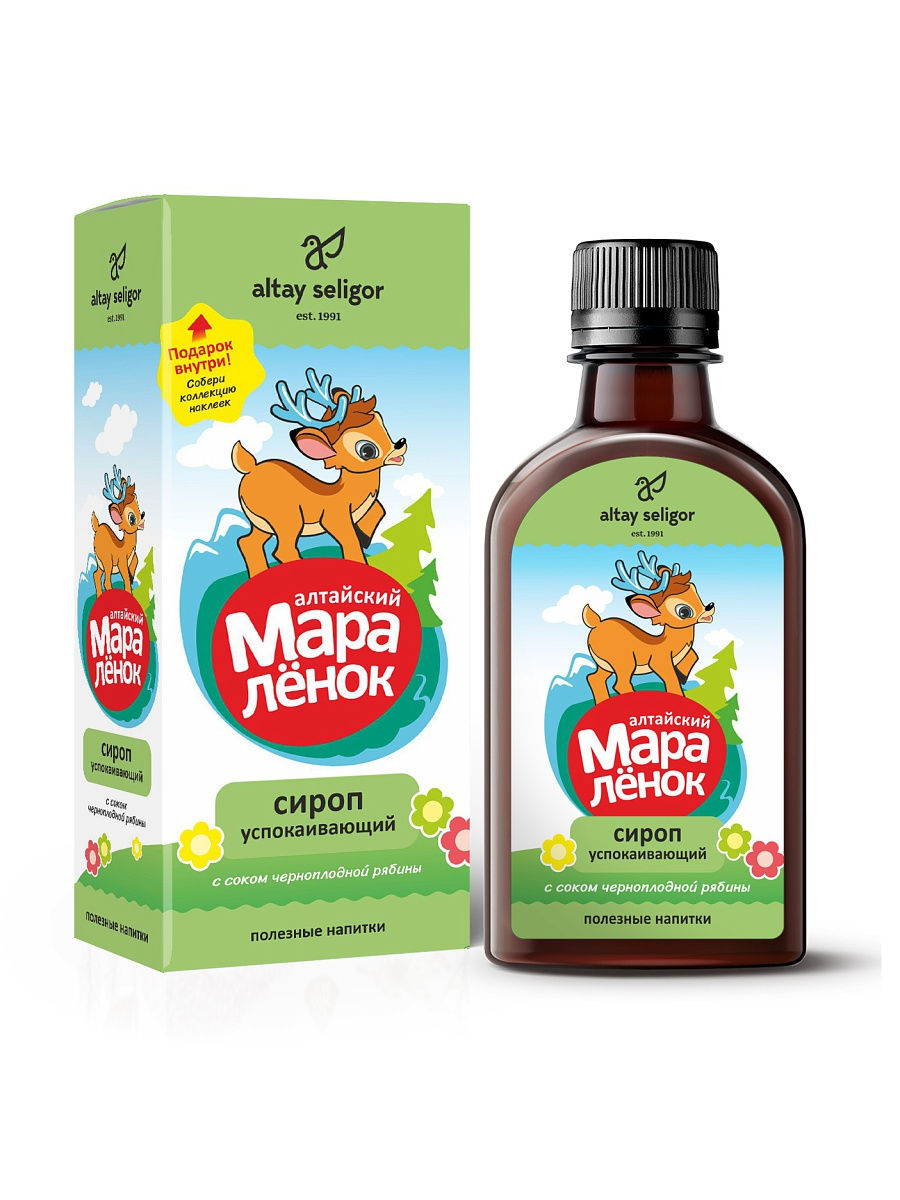




There are no reviews yet.